We have developed a method called Intensive Restoration, through which, during the process of plant suppression to prepare the area for mining, the first layer of soil (which has seeds and fertile organic matter) is reused. This material, also called seed bank, is reused during the recomposition of the land associated with the planting of new seedlings. Through this methodology, we enhance the reforestation of the area.
We also carry out a series of conservation-oriented initiatives in the areas surrounding the project, which eliminate or reduce the impacts of our operations on the environment. After mining, the mine areas are prepared for planting with native species, such as rubber, copaiba and Brazil-nut. We work on continuous reclamation, that is, mining and reclamation of the mined-out areas take place simultaneously on the plateaus. These processes are geared at minimizing the impacts of mining activities.
The tailings from the bauxite beneficiation process are discharged into system of dams located in a mined-out area, so that new areas are not impacted. When the ponds reach the maximum capacity of tailings, a decommissioning process is started and drainage structures are implemented and native forest species are planted. The goal is that, at the end of the mining process, the reclaimed areas are found to be as close as possible to the natural landscape.
Replanting in the mined-out areas starts right after bauxite is extracted. The entire replanting process is monitored by a method developed at MRN and approved by environmental agencies. The survival rate of the plant species used in the replanted areas is 90%.
Over the past 41 years, we have rehabilitated 7,398.18 hectares, where more than 14.5 million seedlings of 450 native tree species have been planted.


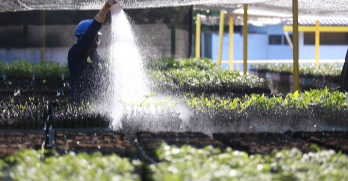
In 2019, our forest nursery produced 689,103 native seedlings of 80 species of the Amazon biome. Only seeds acquired from neighboring traditional, riverside and Quilombola communities were used.
The induction of natural regeneration in forest restoration processes is another important point to highlight. We use the topsoil, made up of the seed bank, which is fundamental in the forest succession process.
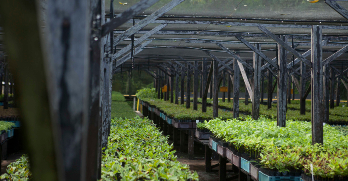
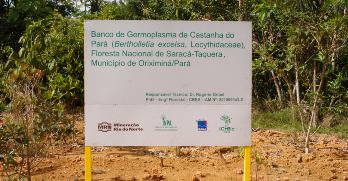
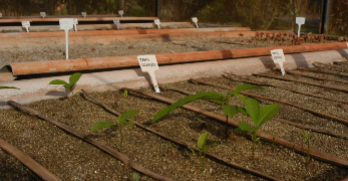
By 2019, 7,248 individuals had been planted in the Brazil-nut germplasm bank at the Almeida plateau, a fundamental action for the future of traditional communities that have a means of income and subsistence with the Brazil-nut tree as well as for the wealth of the flora and fauna in the conservation unit.
Germplasm banks are initiatives that store the genetic heritage of plant species, and the project maintained by MRN is the only one exclusively focused on the conservation of Brazil-nut trees.
We have rescued more than 230 species of epiphytes and hemiepiphytes over the years, and nine new species have been identified and publicized and seven other species are in the process of publication. In the production of seedlings, 12 traditional communities are benefited through the purchase of seeds and forest seedlings.
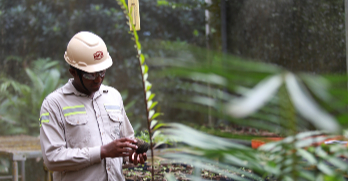


In order to get to know the dynamics of the forest, we have permanent plots to monitor forest restoration and natural regeneration. The goal is to monitor forest development and to identify structuring species.


